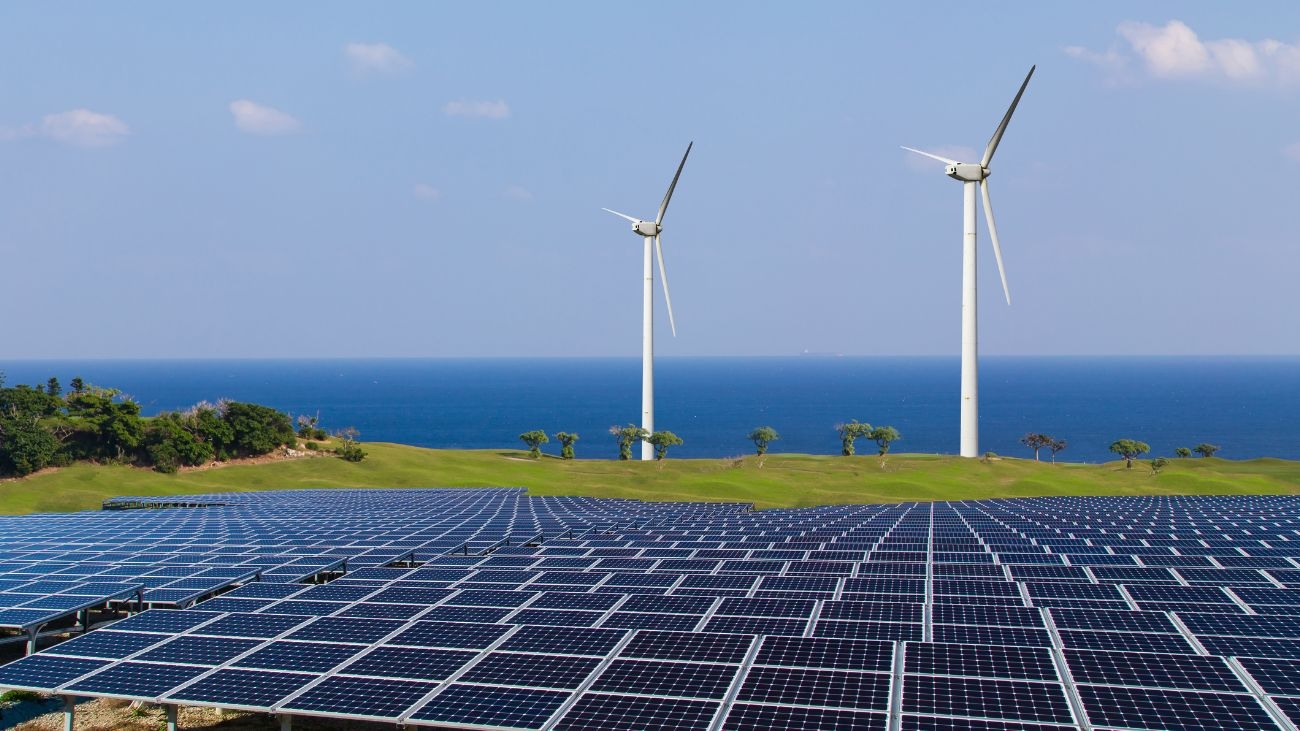Introduction
In an era defined by the urgency of climate change and the global pursuit of carbon neutrality, renewable energy technologies (RET) are no longer optional—they’re essential. But what truly empowers these systems to function efficiently and evolve rapidly is advanced electronics. From real-time monitoring and intelligent energy conversion to system optimization, electronics are the unsung hero behind the clean energy revolution.
As the world works toward the 2050 net-zero emissions target, electronics and digital innovations are set to play a critical role in redefining energy infrastructure. According to the International Energy Agency (IEA), renewable electricity capacity additions broke records in 2023, growing by nearly 50% year-over-year, the fastest rate in the past two decades.
Understanding Renewable Energy Technologies (RET)
Renewable Energy Technologies encompass diverse sources:
- Solar via photovoltaic cells
- Wind through turbines
- Hydropower from flowing water
- Geothermal heat extraction
- Biomass from organic materials
Yet, the efficiency and reliability of these systems depend heavily on electronics—particularly microcontrollers, sensors, and power electronics. These components enable real-time data analysis, adaptive response mechanisms, and intelligent energy management.
In this broader shift to sustainable systems, smart grids and decentralized energy architectures—both driven by electronics—ensure resilience, balance, and efficient distribution.
Read more about how climate efforts support RET in this related article from Technos Media: Environmental News Alert: Efforts to Combat Climate Change.
Electronics in Power Generation Systems
Solar Power: Smarter Panels for Greater Yield
Power electronics form the backbone of solar energy systems. Inverters and converters transform the DC output of solar panels into AC for home or grid usage. Innovations in Maximum Power Point Tracking (MPPT) technology now allow systems to optimize energy output based on real-time sunlight conditions.
A 2024 report from IRENA (International Renewable Energy Agency) revealed that innovations in power electronics contributed to a 7% increase in average solar panel efficiency globally over the past two years (IRENA, 2024).
Wind Energy: Control and Conversion
Wind turbine systems heavily depend on electronics for precision control. Blade pitch regulation, rotor speed adjustment, and grid synchronization are governed by embedded electronics and control algorithms.
Advanced power conditioning systems ensure that wind-generated electricity seamlessly integrates into national grids—even during variable wind conditions. According to Global Wind Energy Council (GWEC), wind power capacity grew by 9% in 2023, with digital control systems cited as a major enabler of efficiency (GWEC Report, 2024).
Electronics in Energy Storage and Management
As RETs face intermittency challenges, energy storage becomes vital—and so does the role of electronics.
Battery Systems and Control
Lithium-ion batteries dominate the energy storage market. But without Battery Management Systems (BMS)—composed of voltage regulators, thermal sensors, and charge controllers—their lifespan and safety would drastically drop. These electronics monitor charge-discharge cycles, detect faults, and prevent overheating.
With increasing demand, the global battery energy storage market is expected to exceed $31 billion by 2030, fueled by innovations in battery chemistry and control electronics (BloombergNEF, 2024).
Flow Batteries and Emerging Tech
In grid-scale applications, flow batteries offer long-duration storage. Electronics regulate ion exchange rates and fluid dynamics, making them ideal for utility use. Smart Energy Management Systems (EMS) help integrate various battery types into a unified network, enabling dynamic energy flow based on demand forecasts.
For a detailed breakdown of energy business trends, see Technos Media’s analysis: 2025 Energy Business Outlook: Battery Innovation, Clean Power, and Policy Shifts.
Monitoring, Control, and IoT Integration
Modern renewable installations thrive on remote monitoring and predictive maintenance—both driven by advanced electronics.
Real-Time Monitoring
Sensors and IoT modules allow operators to track performance, detect faults, and optimize energy outputs. Data analytics software, paired with microcontrollers, enables actionable insights—such as adjusting panel angles or forecasting system loads.
A 2023 McKinsey report states that renewable plants using predictive analytics based on sensor data experienced up to 25% fewer system downtimes and 20% cost savings on maintenance (McKinsey & Company, 2023).
Smart Automation and Control
Control systems enhance production efficiency by adjusting key parameters automatically. Whether it’s altering rotor speeds in response to wind velocity or re-routing power to storage, electronics make renewable systems adaptive and resilient.
AI and the Future of Smart Energy Systems
Artificial Intelligence and Machine Learning
AI is emerging as a game-changer for energy systems. Machine learning algorithms predict consumption patterns, optimize load balancing, and even automate fault detection.
As of early 2024, over 35% of new renewable projects globally incorporated some form of AI-driven control, particularly in solar forecasting and battery optimization (World Economic Forum, 2024).
Energy Harvesting and Microgrid Resilience
Advancements in energy harvesting are pushing the limits of efficiency in solar cells and wind turbines. Simultaneously, microgrids powered by renewable sources and managed by sophisticated EMS are becoming critical for rural electrification and urban energy resilience.
Real-World Applications: Leading the Transformation
Countries leading the charge—like Germany, China, and the U.S.—have embedded smart electronics into their national energy transition strategies. For instance:
- Germany’s Energiewende heavily invests in smart metering systems and AI-based energy balancing.
- China deployed over 250 million smart meters by the end of 2023 (State Grid Corporation of China, 2023).
These applications underscore the reality that the electronics–energy synergy is not hypothetical—it’s happening now, on a massive scale.
Challenges and Opportunities Ahead
Despite impressive growth, challenges persist:
- Cybersecurity risks in IoT-enabled systems
- Electronic waste (e-waste) from outdated components
- Global semiconductor shortages affecting production
But these are also opportunities for innovation. For example, green electronics—designed for recyclability and lower energy use—are gaining traction. Policies are also pushing for local manufacturing of electronics, reducing reliance on complex global supply chains.
Conclusion
As we march toward a net-zero carbon future, the marriage of electronics and renewable energy technologies is not just complementary—it’s essential. From smart monitoring and AI integration to efficient energy storage and responsive control systems, electronics are the backbone of modern RET.
Staying at the forefront of this intersection between clean energy and digital technology means tapping into the power of innovation, analytics, and sustainability—all working together to reshape how the world powers itself.

